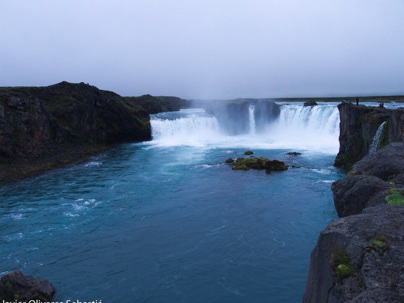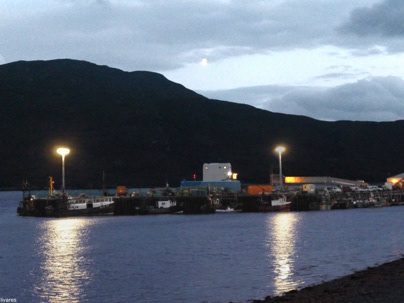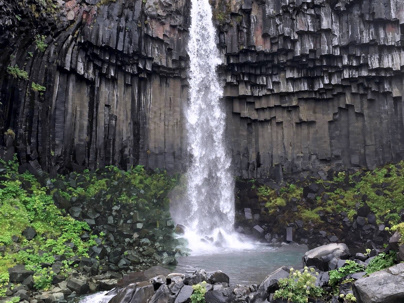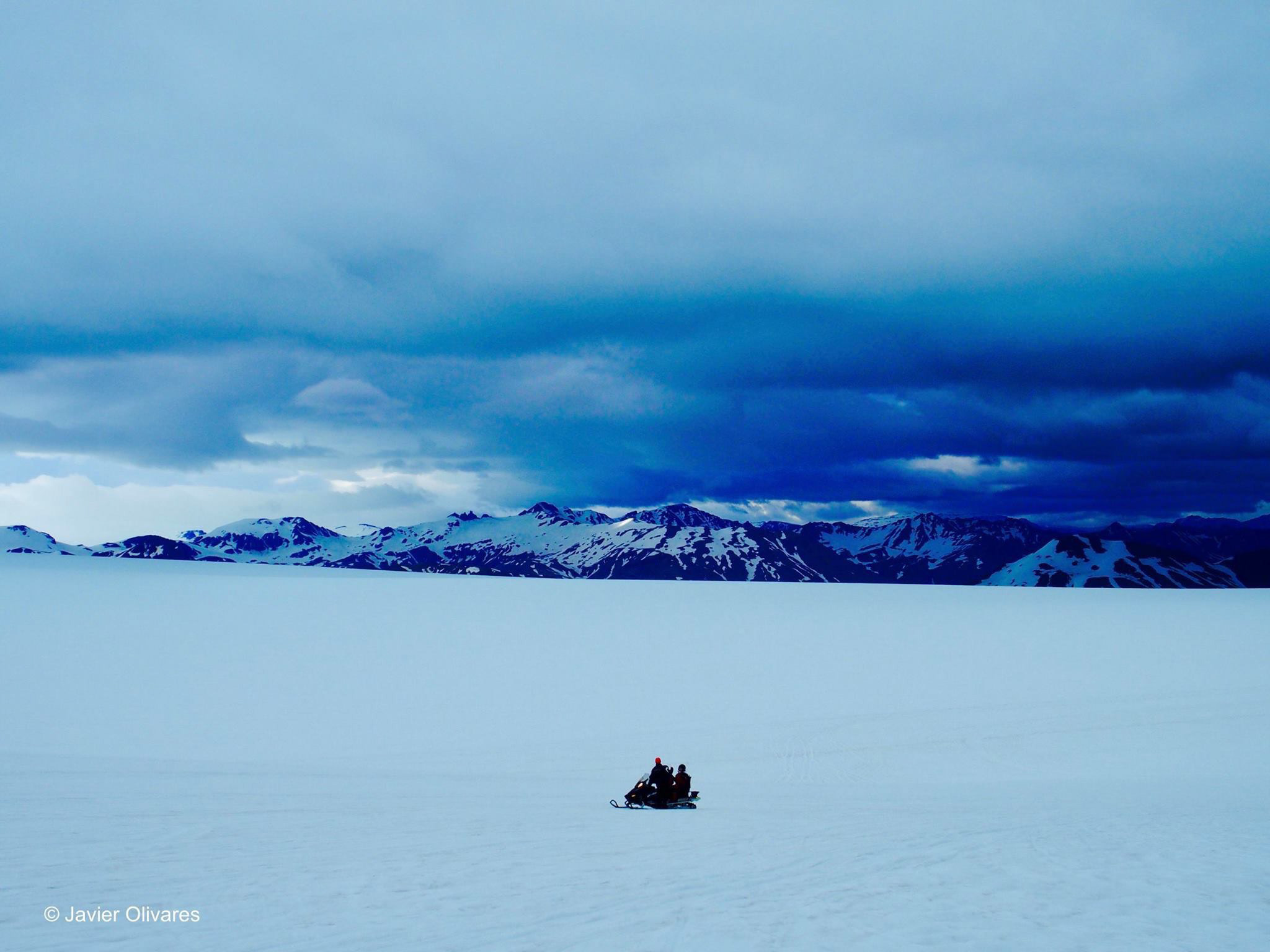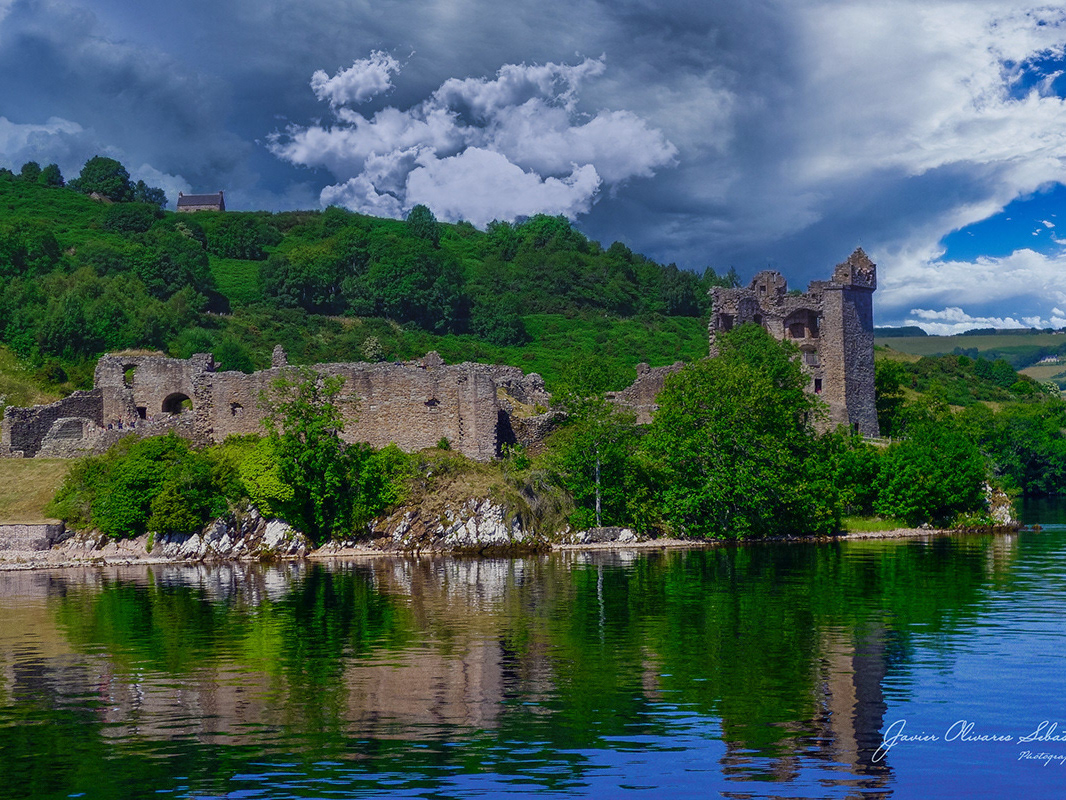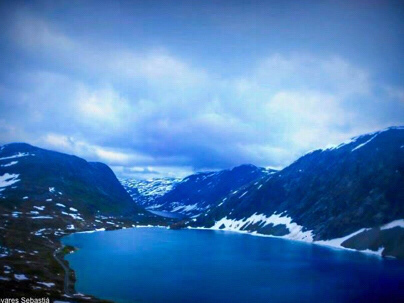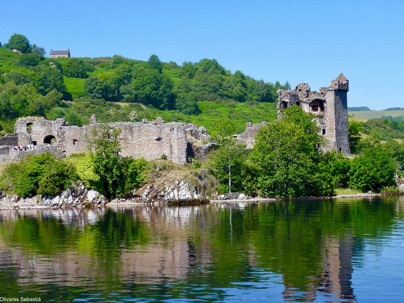Welcome to the second installment of the Old town of the city of Valencia,
to its most recondite streets and places of cultural and historical relevance.
Push out into the history of the city of Valencia, it is a real discovery,
from pre-Roman times and the first Roman settlement (year 138 BC),
the Roman military settlement of the General and politician Décimo Juno Bruto Galaico and the Roman Via Augusta,
from pre-Roman times and the first Roman settlement (year 138 BC),
the Roman military settlement of the General and politician Décimo Juno Bruto Galaico and the Roman Via Augusta,
the Muslim Conquest in 711 and its cultural heritage,
until the Golden Age and Modernist Art, which adorned the city around 1870.
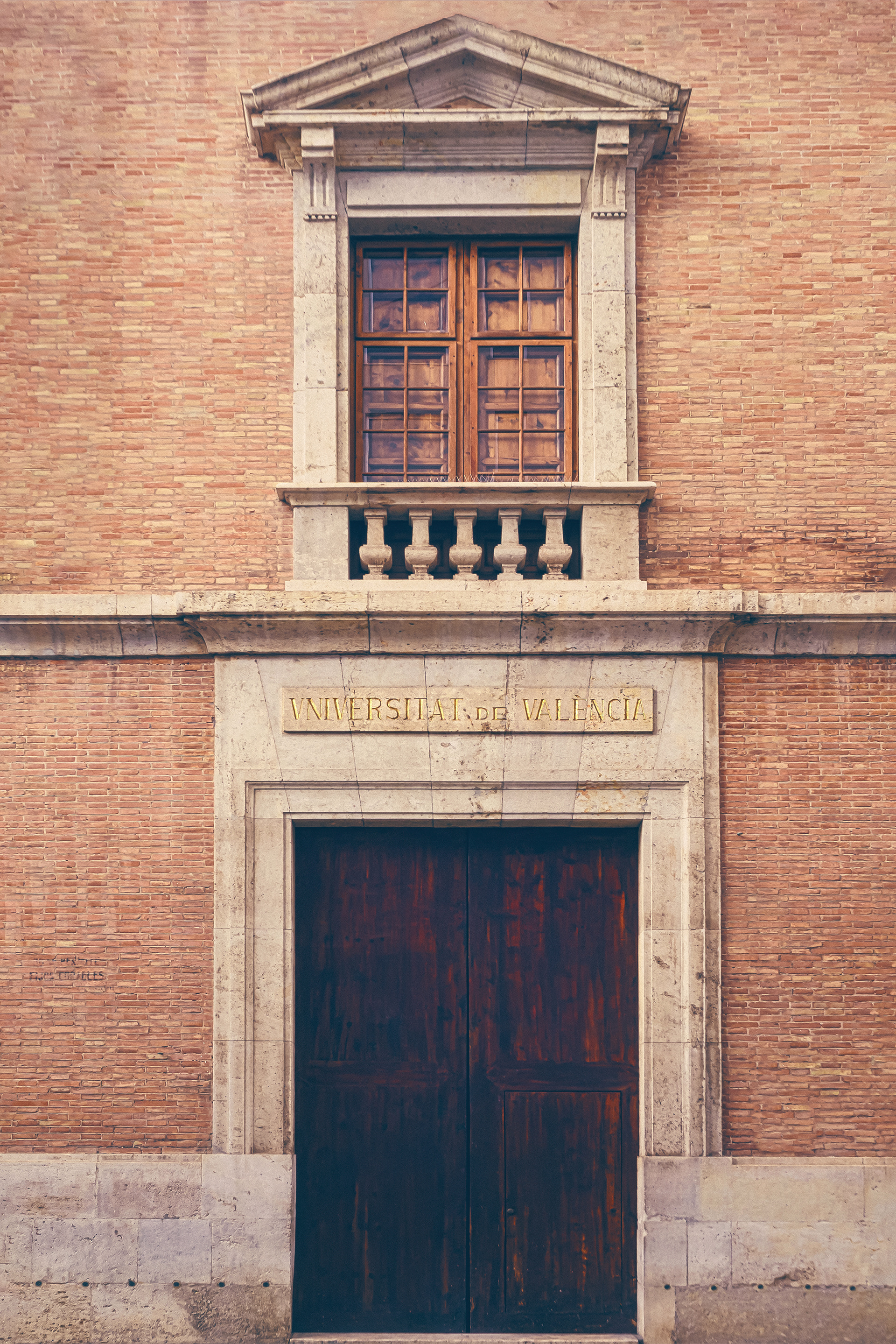
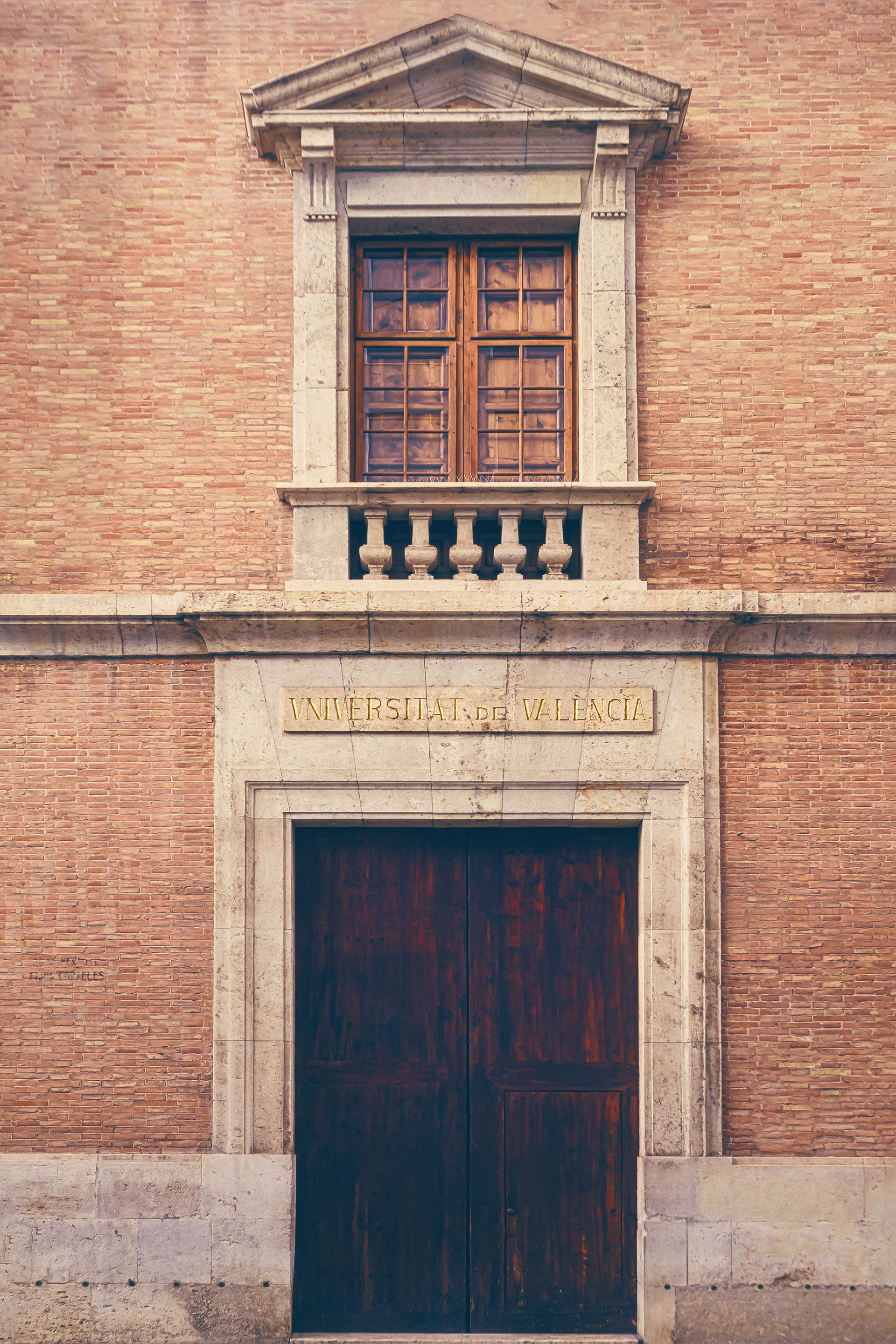

Valencia is one of the oldest cities in Spain, since it was founded under the name of Valentia Edetanorum by some two thousand Roman settlers in 138 BC. C., in the time of the consul Décimo Junio Bruto Galaico.
This was a classically Roman city in its conception, since it was located in a strategic place near the sea, a river island crossed by the Via Augusta, which communicated the current Andalusia (Betica) with the capital of the empire (Rome).
The main nucleus of the city was located in the surroundings of the current Plaza de la Virgen.
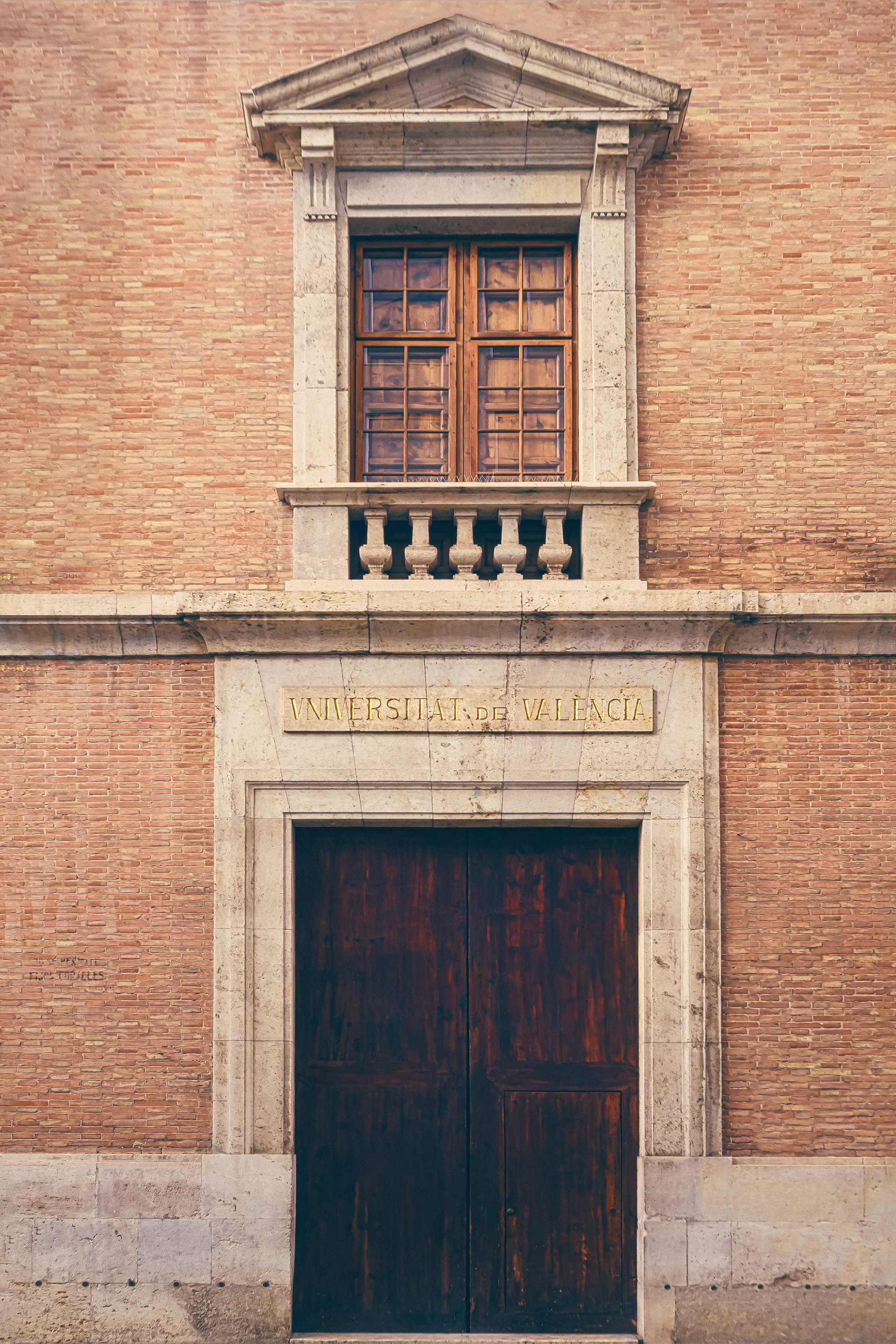


There was the forum and the crossing of the Cardo and the Decumano,
which were and still are the two main axes of the city.
The Cardo corresponds to the current Salvador-Almoina streets and the Decumano to the Caballeros street.
During the war between Cneo Pompeyo Magno and Quinto Sertorio, in the year 75 a. C., the city of Valenctia was destroyed, which was not rebuilt again until after about 50 years. After this period of neglect, the city recovered its population and began to build large infrastructure works, already in the first century, which led to a period of great urban growth in the middle of the century.
During the war between Cneo Pompeyo Magno and Quinto Sertorio, in the year 75 a. C., the city of Valenctia was destroyed, which was not rebuilt again until after about 50 years. After this period of neglect, the city recovered its population and began to build large infrastructure works, already in the first century, which led to a period of great urban growth in the middle of the century.
Décimo June Brutus Galaico (in Latin, Decimus Iunius M. f. M. n. Brutus Callaico; 180 a. C.-113 a. C.) was a Roman general and politician.
Grandfather of Marco Junio Bruto, he led the Roman troops in the campaign to conquer the south of present-day Galicia and north of Portugal, which would later be called Gallaecia.
This Roman general and politician was the grandfather of Marco Junius Brutus, a Roman military man who participated in the conspiracy to assassinate Julius Caesar himself on the famous Idus of March.
A good day in the year 138 a. C everything changed and created the city of Valencia
Between the years 155 a. C and 139 a. C took place the Lusitanian wars, some confrontations of the Republic of Rome against some rebellious towns that were located in the west of the present Spain called Lusitanos.
The cunning and strength of the Roman troops was greater and they ended up easily defeating these peoples. As a reward, the Roman consul Décimo June Bruto Galaico granted them our lands, founding these Valencia in 138 BC. C.
At that time our city was nothing more than a river island near the mouth of the Turius or Tyris river but of great strategic value located on the best side of the river where the Via Heraclea passed, also known as the Via Augusta which communicated directly with Rome. A small village that did not take long, given its natural conditions, to become a colony and was also around four other ancient but faithful cities: Ass (now Sagunto), Edeta (Liria), Saetabis (Játiva) and Dianium (Denia).
This Roman general and politician was the grandfather of Marco Junius Brutus, a Roman military man who participated in the conspiracy to assassinate Julius Caesar himself on the famous Idus of March.
A good day in the year 138 a. C everything changed and created the city of Valencia
Between the years 155 a. C and 139 a. C took place the Lusitanian wars, some confrontations of the Republic of Rome against some rebellious towns that were located in the west of the present Spain called Lusitanos.
The cunning and strength of the Roman troops was greater and they ended up easily defeating these peoples. As a reward, the Roman consul Décimo June Bruto Galaico granted them our lands, founding these Valencia in 138 BC. C.
At that time our city was nothing more than a river island near the mouth of the Turius or Tyris river but of great strategic value located on the best side of the river where the Via Heraclea passed, also known as the Via Augusta which communicated directly with Rome. A small village that did not take long, given its natural conditions, to become a colony and was also around four other ancient but faithful cities: Ass (now Sagunto), Edeta (Liria), Saetabis (Játiva) and Dianium (Denia).

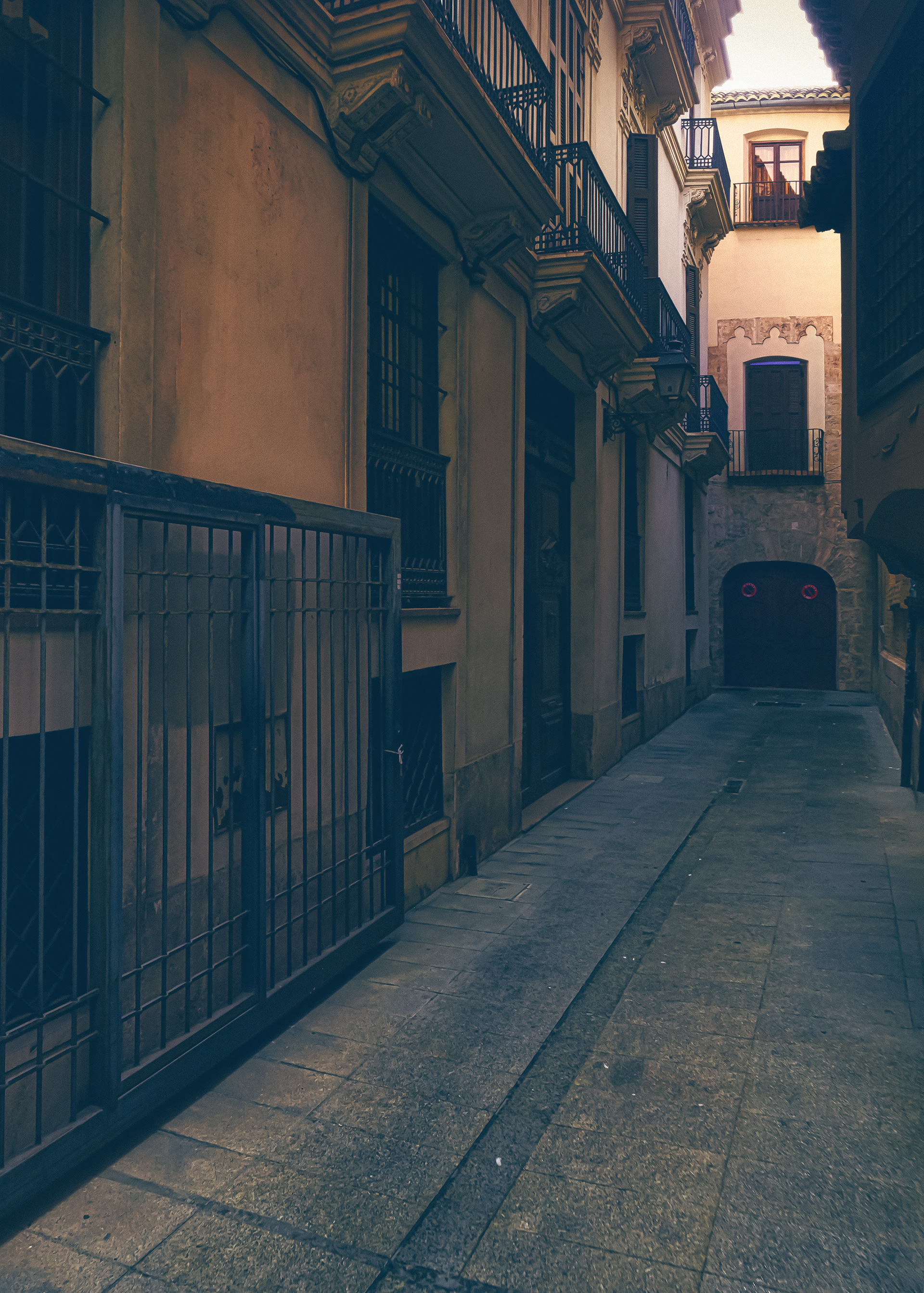

The Muslim Balansiya,
The stage immediately after the Muslim conquest of 711, constitutes a dark period of the city about which there is not much information. Despite this, it is known that Abd al-Rahman I (first emir of Córdoba)
The stage immediately after the Muslim conquest of 711, constitutes a dark period of the city about which there is not much information. Despite this, it is known that Abd al-Rahman I (first emir of Córdoba)
ordered the destruction of the city, although several years later Abd Allah al-Balansi,
son of Abd al-Rahman I, exercised a kind of autonomous government over the area Valencian.
Among its decisions, the order to build a luxurious palace on the outskirts of the city stands out, the Russafa, origin of the neighborhood of the same name, and of which at the moment no remains have been found. At this time the city received for some centuries the name of Medina al-Turab, city of mud or dust, for the state of neglect in which it was.
The greatest boom in the city began with the Taifa kingdoms (11th century), one of which was that of Valencia.
The greatest boom in the city began with the Taifa kingdoms (11th century), one of which was that of Valencia.
The city grew, and in the time of Abd al-Aziz (11th century) a new wall was built of which remains are preserved throughout Ciutat Vella or Old Town.
"Valencia is the apotheosis of beauty
its reputation is good in both the East and the West.
If someone said it's an expensive place
and a city in which the struggles do not stop
Say that it is a paradise that cannot be reached
but going through hunger and war "
Ibn Hariq, Valencia-born poet (1156-1225)
its reputation is good in both the East and the West.
If someone said it's an expensive place
and a city in which the struggles do not stop
Say that it is a paradise that cannot be reached
but going through hunger and war "
Ibn Hariq, Valencia-born poet (1156-1225)
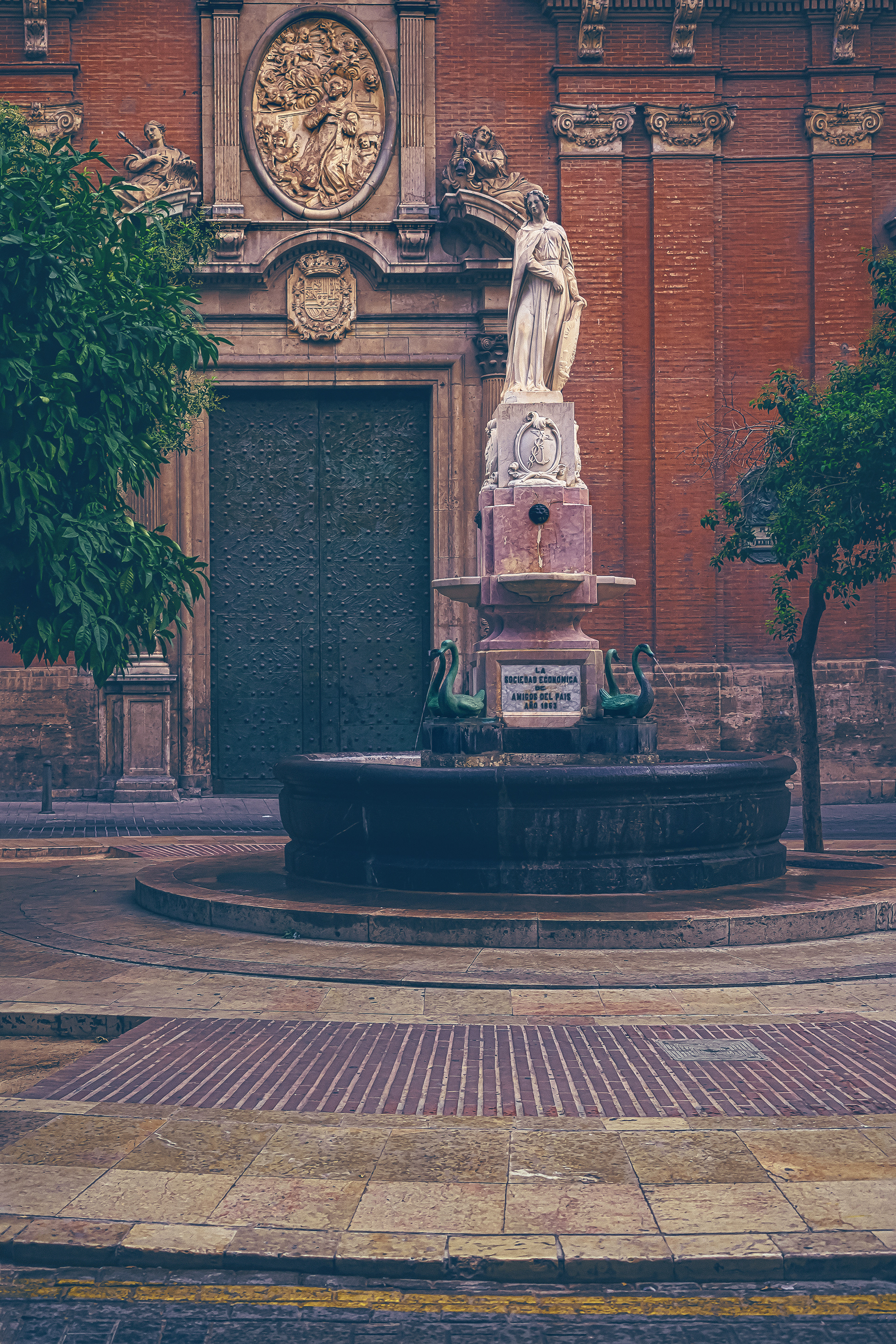

The Golden age,
The 15th century was a time of economic, cultural and artistic heyday for the city. Throughout this century there was also a demographic growth that made Valencia the most populated city in the Crown of Aragon.
The local industry (with textiles at the head) reached a great development, being the silk industry the one that generated an important economic activity.
At this time, the (Taula de canvis) was also created, a municipal bank to support commercial operations.
The 15th century was a time of economic, cultural and artistic heyday for the city. Throughout this century there was also a demographic growth that made Valencia the most populated city in the Crown of Aragon.
The local industry (with textiles at the head) reached a great development, being the silk industry the one that generated an important economic activity.
At this time, the (Taula de canvis) was also created, a municipal bank to support commercial operations.
At the end of the century the Lonja de la Seda y de los Mercaderes was erected.
The city became a commercial emporium that attracted merchants from all over Europe.
This economic boom was reflected in the artistic and cultural plane.
The city became a commercial emporium that attracted merchants from all over Europe.
This economic boom was reflected in the artistic and cultural plane.
Some of the most emblematic buildings in the city were erected during this period, such as the Serranos towers (1392), the Lonja (1482), the Miguelete or the Chapel of the Kings of the Santo Domingo convent.
In painting and sculpture, Flemish and Italian trends had an influence on some artists such as Lluís Dalmau,
In painting and sculpture, Flemish and Italian trends had an influence on some artists such as Lluís Dalmau,
Gonçal Peris or Damian Forment.
In literature, under the protection of the court of Alfonso the Magnanimous, written production flourished, by the hand of authors such as Ausias March, Roig de Corella or Isabel de Villena.
Around 1460 Joanot Martorell wrote Tirant lo Blanch, a groundbreaking chivalric novel that influenced many later authors, from Cervantes to Shakespeare.
Also at this time, between 1499 and 1502, the University of Valencia was founded under the name of Estudi General.
In literature, under the protection of the court of Alfonso the Magnanimous, written production flourished, by the hand of authors such as Ausias March, Roig de Corella or Isabel de Villena.
Around 1460 Joanot Martorell wrote Tirant lo Blanch, a groundbreaking chivalric novel that influenced many later authors, from Cervantes to Shakespeare.
Also at this time, between 1499 and 1502, the University of Valencia was founded under the name of Estudi General.
Modernist buildings in Valencia,
The reason could be that it always had its limitations: it was modest in terms of design renewal, hesitant in its creative demands, always associated with an eclectic spirit, limited in its social acceptance, restricted in its application ...
The reason could be that it always had its limitations: it was modest in terms of design renewal, hesitant in its creative demands, always associated with an eclectic spirit, limited in its social acceptance, restricted in its application ...
and, at the same time, important .
Important due to its surprising proliferation at a time when Valencia was growing rapidly, allowing it to spread through all the bourgeois districts, a large part of the Eixample of 1879, the most privileged part, and certain areas of development within the old part of the city.
His language followed the general lines of Catalan architectural Modernism.
In fact, the main source was the Barcelona School of Architecture, where most of the architects of Valencian Modernism had studied. But the direct influence of certain architects also left its mark; Domenech i Montaner, especially in those buildings that combined modernism and historicism; Sagnier, in buildings full of fluid designs and elegant plants, and, curiously, Gaudí. Gaudí's influence, not too important in the city, with the exception of the Colón Market, had naive later echoes in the Sanctuary of Santa María Magdalena, in Novelda (by the engineer José Sala Sala, 1916).
His language followed the general lines of Catalan architectural Modernism.
In fact, the main source was the Barcelona School of Architecture, where most of the architects of Valencian Modernism had studied. But the direct influence of certain architects also left its mark; Domenech i Montaner, especially in those buildings that combined modernism and historicism; Sagnier, in buildings full of fluid designs and elegant plants, and, curiously, Gaudí. Gaudí's influence, not too important in the city, with the exception of the Colón Market, had naive later echoes in the Sanctuary of Santa María Magdalena, in Novelda (by the engineer José Sala Sala, 1916).
My most sincere thanks to the different documentary sources such as the one and to the Wikipedia colleagues in particular, for being more than a source of documentation, is to be a compendium of historical, rigorous knowledge.
To the La Nau Cultural Center, on University Street,
This historic building, declared an Asset of Cultural Interest in 1981, is the oldest and most emblematic of the University of Valencia. It has been the main headquarters since its foundation in the late s. XV until the middle of the s. XX.
To the La Nau Cultural Center, on University Street,
This historic building, declared an Asset of Cultural Interest in 1981, is the oldest and most emblematic of the University of Valencia. It has been the main headquarters since its foundation in the late s. XV until the middle of the s. XX.
Thank you very much for staying to see and read,

